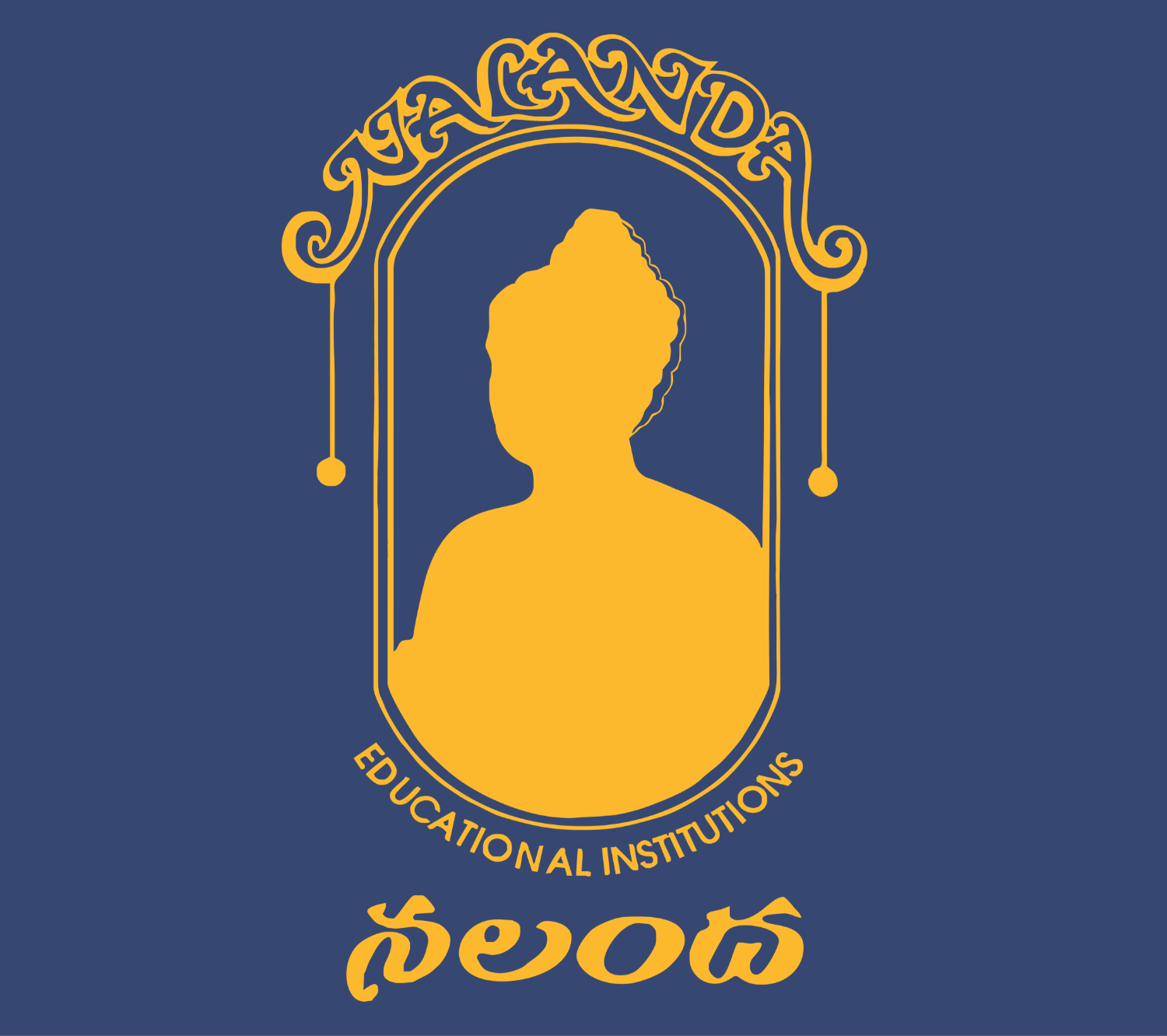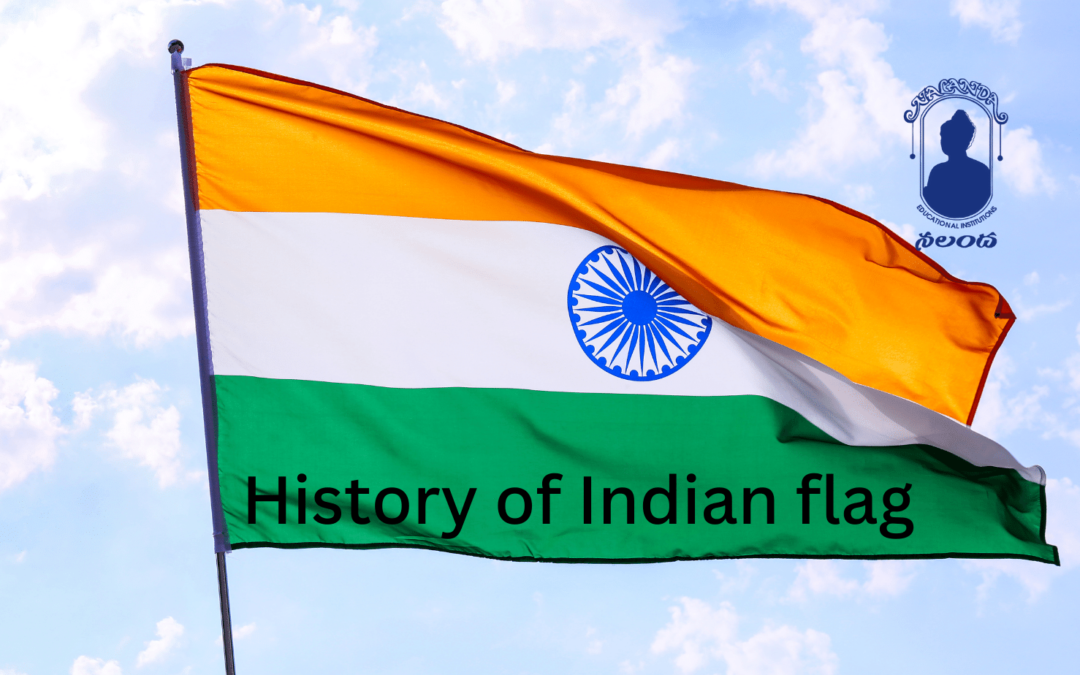A national flag is the epitome of Nationality and patriotism for one’s own country. Children at a younger age must understand the importance of one’s National identity and take pride in their own country.
A flag represents a free country, its emotion of unity, and its feeling of togetherness. Our Indian Tricolor is an epitome of unity in diversity as India stands as one of the largest democracies and holds various belief systems under one roof – INDIA.
History of Indian flag:
The Indian National Flag was adopted in its current form during a meeting of the Constituent Assembly on July 22, 1947, just a few days before India’s independence from the British on August 15, 1947. It was the national flag of the Dominion of India from August 15, 1947, to January 26, 1950, and then of the Republic of India. The term “tricolor” refers to the Indian national flag in India.
The Indian national flag is a horizontal Indian tricolor with equal proportions of deep saffron (Kesari) at the top, white in the middle, and dark green at the bottom. The flag’s width-to-length ratio is two to three. A navy blue wheel in the center of the white band represents the chakra. Its design is based on the wheel found on the abacus of Ashoka’s Sarnath Lion Capital. It has 24 spokes and diameter similar to the white band’s width.
How was the color of tiranga decided?
Here are the hidden, symbolic meanings of how the color of tiranga was decided. Tiranga is the Hindi word for the national flag, and it consists of three colors with an Ashoka Chakra in the center. Three different colors represent:
- Saffron represents bravery & sacrifice.
- White represents truth, peace, & purity.
- Green represents prosperity.
The Chakra:
The Ashoka Chakra represents the Dharma Laws.
In the Sarnath Lion Capital, made by the Mauryan Emperor Ashoka in the third century BC, this Dharma Chakra depicted the “wheel of the law.” The chakra is meant to demonstrate life in motion and death in stagnation.
The Flag Code
The Indian flag code was changed on January 26, 2002. After several years of independence, Indian citizens were finally allowed to hoist the Indian flag over their homes, offices, and factories on any day, not just national holidays, as was previously the case. Indians can now proudly display the national flag wherever and whenever they want, as long as the provisions of the Flag Code are strictly followed to avoid disrespect to the Tricolor. For your convenience, the Flag Code of India, 2002 has been divided into three sections. Part I of the Flag Code contains an overview of the National Flag. The Flag pledges to unite diverse cultures and religions as they all stand and salute our country’s flag with respect and love.
Now that we have already discussed the history of the Indian flag & the evolution of the Indian flag, we have realized how important it is for students to understand the value of Tiranga. Nalanda school, the best school in Hyderabad, taught students the importance of unity and the pride we must take as Indians. Our Country, Our Tiranga, Our Pride.


Recent Comments